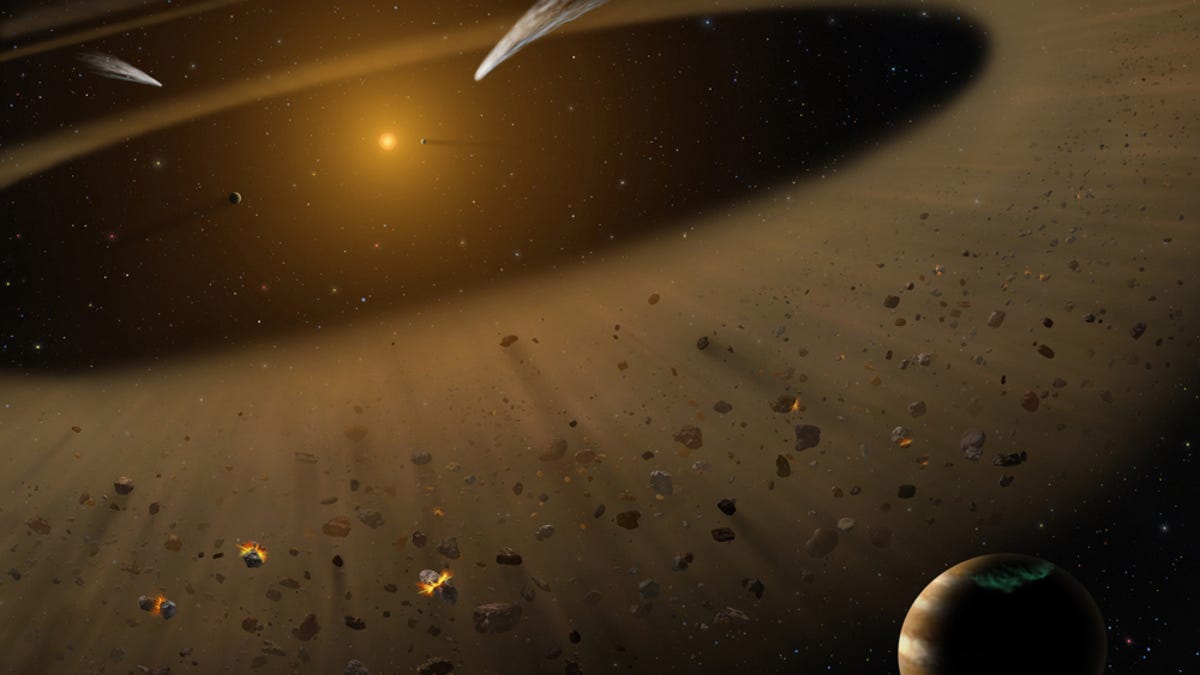This classic sci-fi solar system looks a lot like home
The star system that played host to the universe of "Babylon 5" is strikingly similar to our own solar system, scientists say.

Good news for fans of "Babylon 5." Astronomers have revealed some exciting details about the sci-fi series' real-life setting, the Epsilon Eridani star system.
It turns out the relatively nearby star system, setting of the oft-forgotten and overly complex '90s space opera, is remarkably similar to our own. It might even be a good place for a huge space station in, say, the 23rd century.
The structure of the system, better known as eps Eri, includes planets and recognizable belts of debris like our solar system's asteroid and Kuiper belts, according to astronomers. The star is also similar to our sun but only one-fifth as old, which leads scientists to believe it could be useful for learning about the development of our own system.
"This star hosts a planetary system currently undergoing the same cataclysmic processes that happened to the solar system in its youth, at the time in which the moon gained most of its craters, Earth acquired the water in its oceans, and the conditions favorable for life on our planet were set," Iowa State University astronomy professor Massimo Marengo wrote in a summary of the project, which was published in a recent issue of The Astronomical Journal.
The astronomers used NASA's Stratospheric Observatory for Infrared Astronomy (SOFIA) aircraft, a 747 with a telescope on board, to observe eps Eri in infrared. From that data, they were able to draw conclusions about the familiar architecture of the system.
Scientists suspect a large gas giant planet similar to Jupiter or Saturn called Epsilon Eridani b is hanging out on the outer edge of one of the asteroid belts. There could also be planets that have yet to be confirmed that bare a striking resemblance to those in our neighborhood.
Marengo said the next step will be to check out the system with a next-generation telescope like the James Webb Space Telescope, set to launch next year.
"There is a gap most likely created by planets," he explained in a release. "We haven't detected them yet, but I would be surprised if they are not there."
Maybe, just maybe, there's a 5-mile-long space station floating around one of those gaps, as well.
Crowd Control: A crowdsourced science fiction novel written by CNET readers.
CNET en Español: Get all your tech news and reviews in Spanish.

